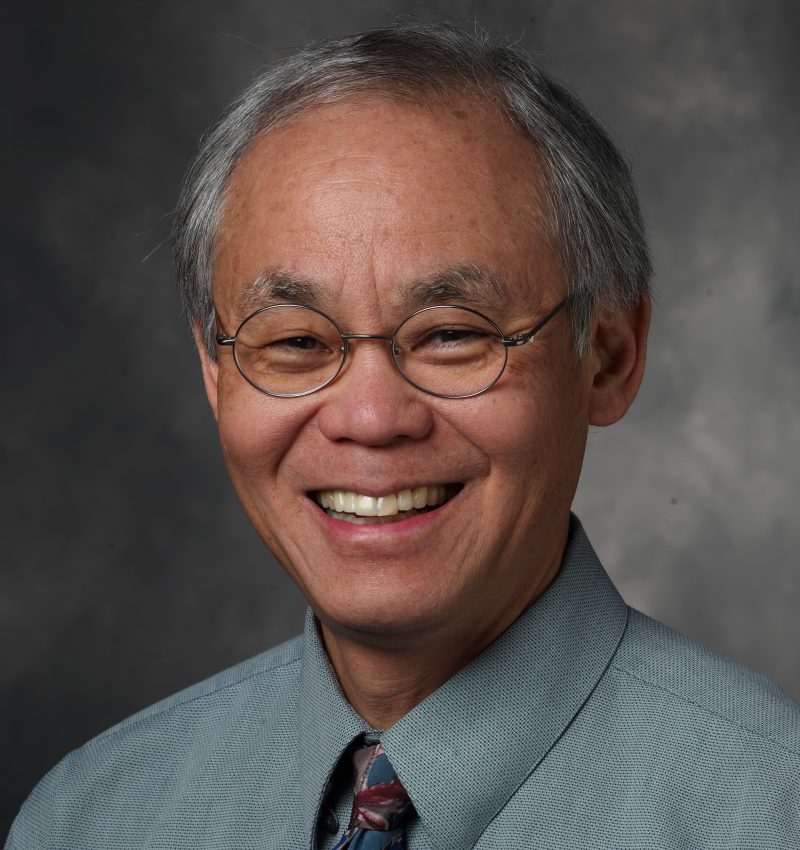

Gilbert Chu
RELATED STORY: Gilbert Chu: DNA Dreamer
Gilbert Chu received a B.A. in physics from Princeton University, a Ph.D. in theoretical physics from the Massachusetts Institute of Technology, and an M.D. from Harvard Medical School. His laboratory focuses on DNA repair, having identified a protein involved in repair of bulky DNA adducts and a protein involved in repair of DNA double-strand breaks. He identified the role of ammonia in “chemobrain,” co-invented a device for measuring blood ammonia, and cares for cancer patients. He has patents for: a device that separates megabase-sized DNA molecules; a method that analyzes genome-wide expression profiles; a gene expression signature that predicts toxicity from radiation therapy; and a protein complex that joins mismatched DNA ends. In addition to a Rita Allen Foundation award, Chu has received a Burroughs-Wellcome Clinical Scientist Award, three Kaiser Awards for Excellence in Preclinical Teaching, and a Lawrence H. Mathers Award for Exceptional Commitment to Teaching and Active Involvement in Medical Student Education.
To understand how human cells repair damaged DNA, the Chu laboratory has focused on nucleotide excision repair and non-homologous end joining (NHEJ). Their current focus is the molecular mechanism for NHEJ, which repairs DNA double-strand breaks induced by ionizing radiation or generated during V(D)J recombination.
To understand how human cells respond to DNA damage, Chu’s group invented methods for analyzing gene expression profiles. These methods include Significance Analysis of Microarrays and Prediction Analysis of Microarrays. They used the methods to define transcriptional responses to ultraviolet radiation and ionizing radiation, and to identify a set of gene responses that predict toxicity from radiation therapy.